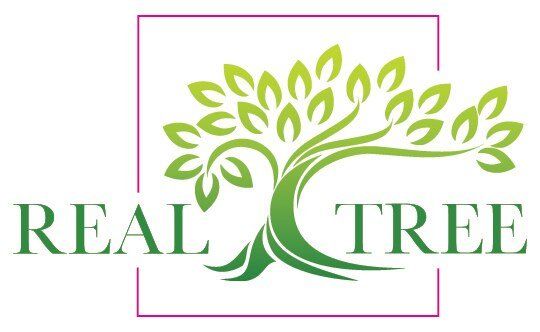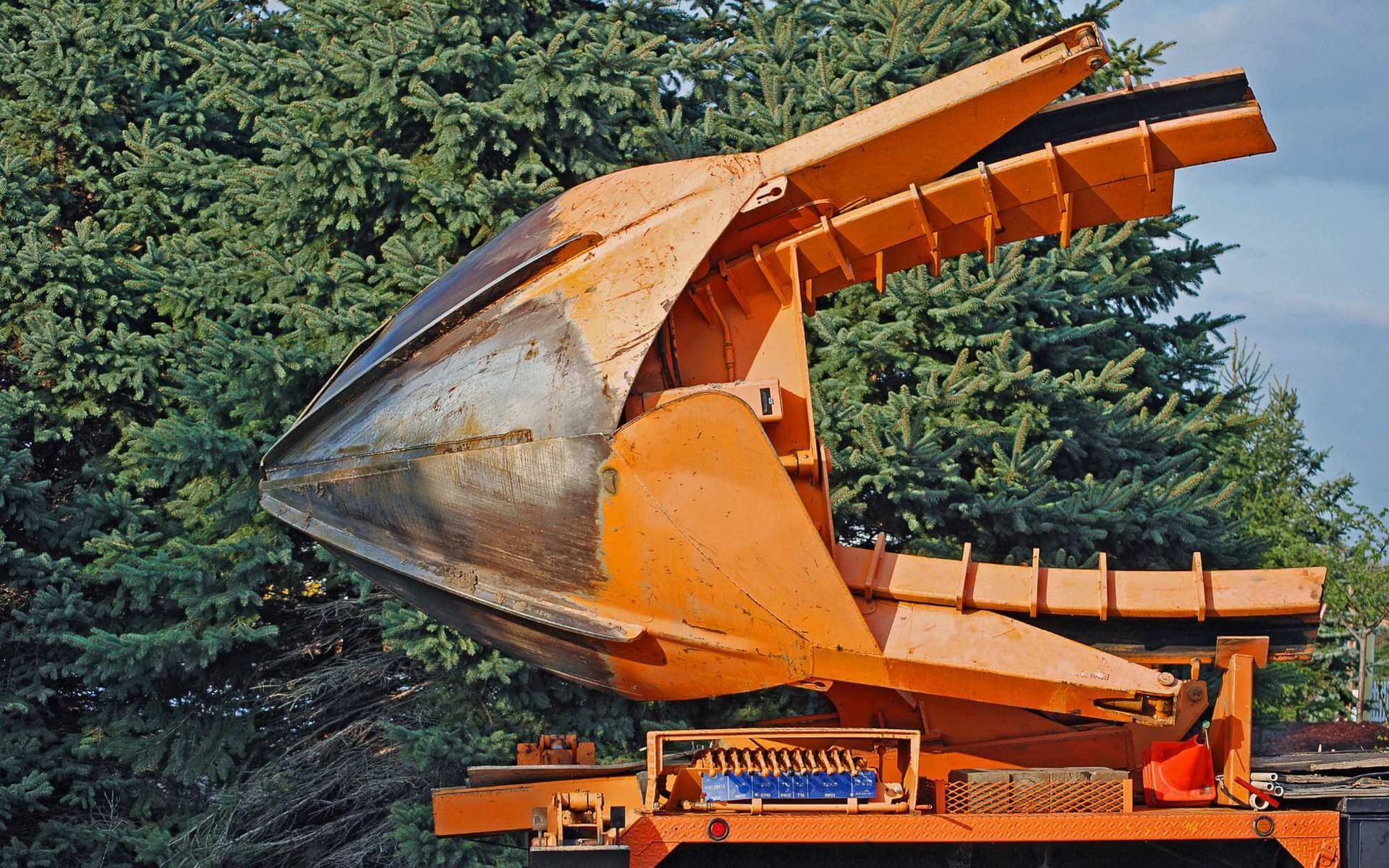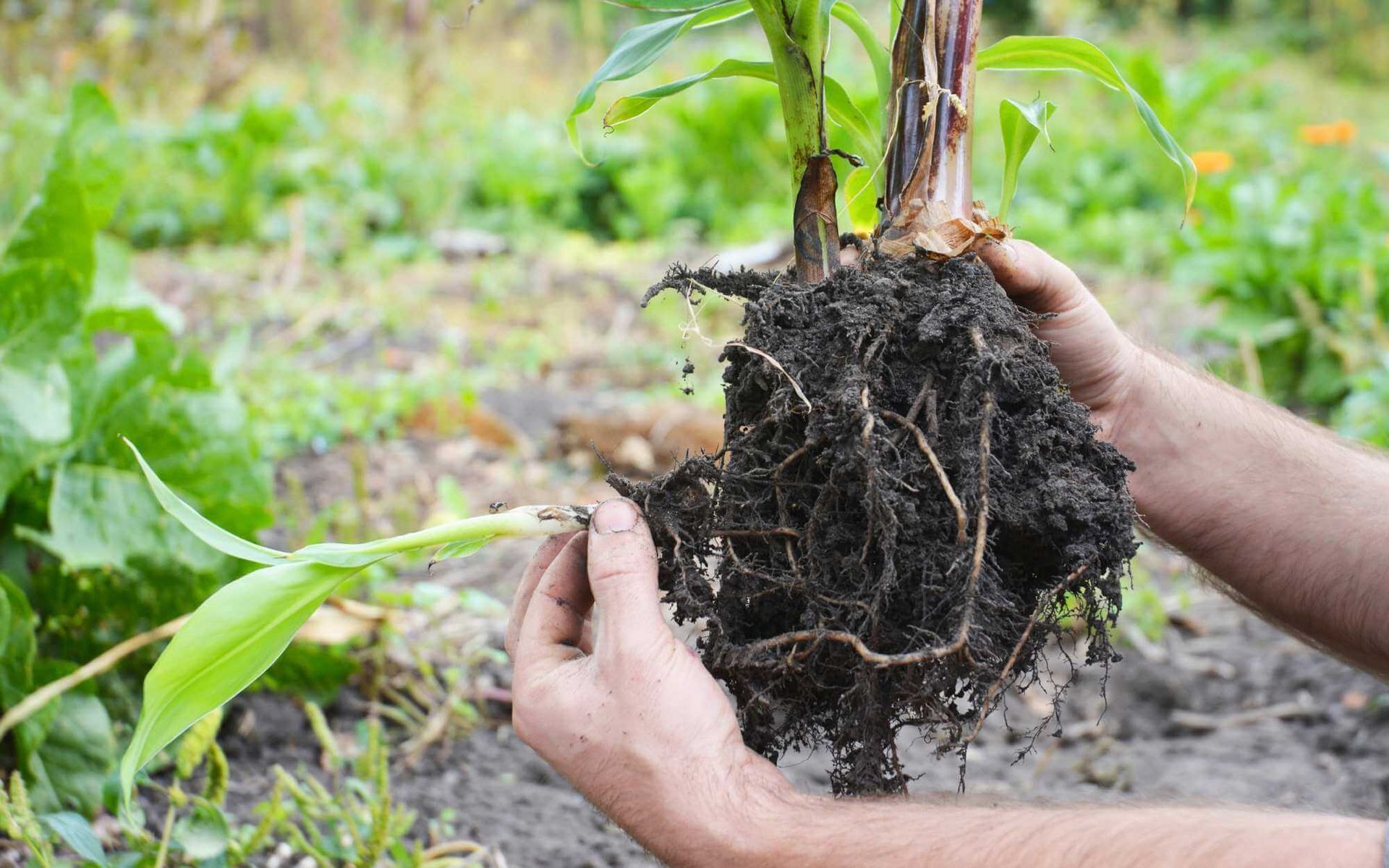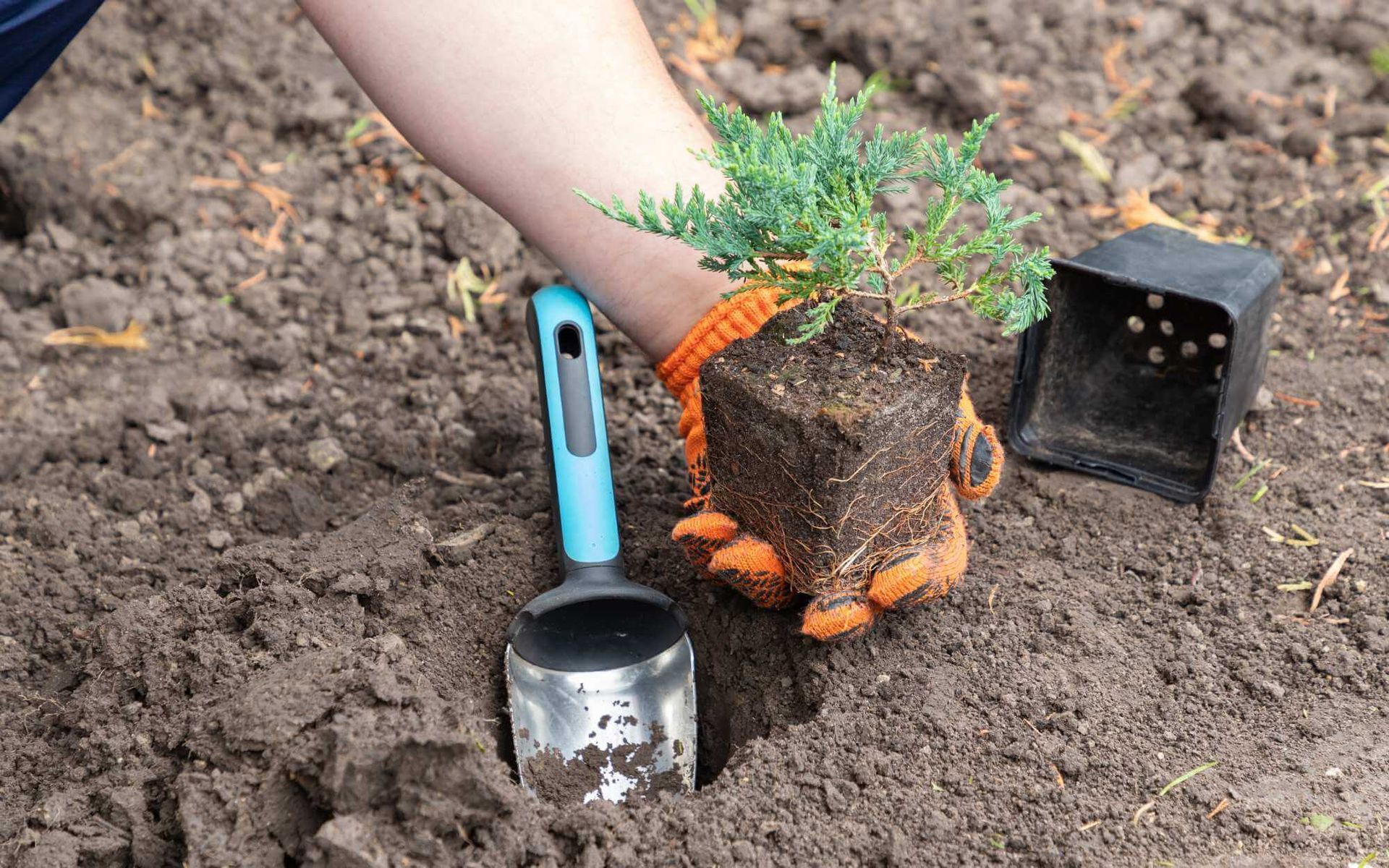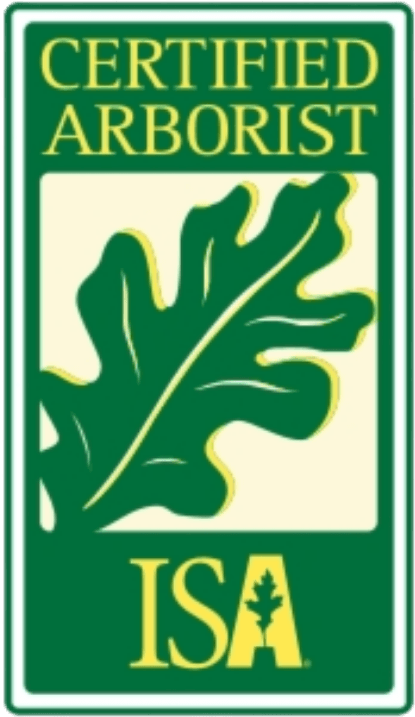Tree Removal Permit: Legal Considerations and Restrictions
PUBLISHED ON
SHARE THIS ARTICLE

Trees aren't just natural aesthetic pillars in South Florida but also crucial players in the region's environmental well-being. Yet, there comes a time when removing a tree becomes necessary, whether for safety reasons, construction projects, or disease control.
However, removing a tree isn't as straightforward as it might seem; it is ensnared with legal considerations and is subject to stringent restrictions.
Property owners and contractors alike must understand the importance of obtaining a permit to remove the trees before proceeding to ensure compliance with local regulations and to uphold the equilibrium of the local ecosystem.
Today, we'll shed light on the permit processes, reasons behind the restrictions, and the potential consequences of non-compliance in South Florida's unique forestry.
Legal Considerations for Tree Removal Permit
Whether you're cutting down a diseased tree or you're clearing a property in South Florida, a permit to have trees removed is required to preserve the flora and urban canopy, encompassing both native and non-native species.
Here's the application process:
- Review local tree preservation ordinances
- Determine if the species has tree protection or requires a permit for removal
- Fill out the tree removal permit application with detailed information about the tree and the reason for its removal
- Apply for a permit along with any required fees to the local government
- Await inspection and approval from the governing environmental authority
Penalties for unauthorized tree removal can include substantial fines, mandatory replanting, or both. Repeat violations may lead to escalated punitive measures, including legal action.
Restrictions on Tree Removal in South Florida
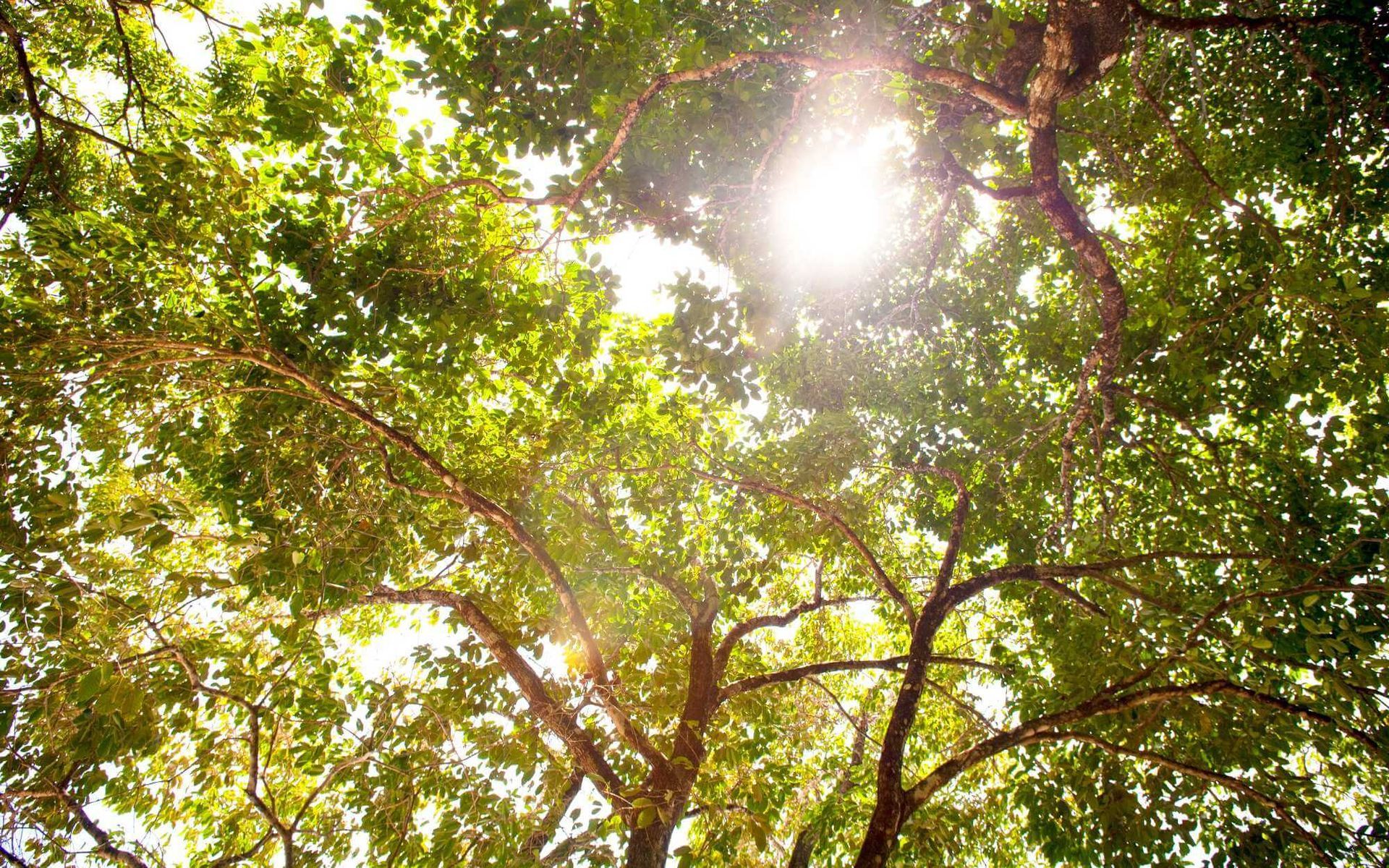
South Florida's restrictions on tree removal protect vital ecological assets and mandate stewardship.
Protected Tree Species
Certain tree species in South Florida are recognized as protected due to their rarity or environmental importance. Removing these species requires special justification, as their preservation is critical for biodiversity and the health of local ecosystems.
Tree Preservation and Conservation Programs
Programs focused on tree preservation and conservation are implemented to manage urban forests strategically. These initiatives encourage replanting and foster community education to raise awareness about the integral role trees play in environmental sustainability and quality of life.
Mitigation Requirements
Mitigation requirements are stipulated to compensate for the ecological impact of tree removal. Typically, this involves planting new trees or contributing to a local tree fund, ensuring that any loss to the tree canopy is effectively balanced by new growth.
How to Obtain a Tree Removal Permit in South Florida
To obtain a tree removal permit in South Florida, follow these steps:
- Identify if the tree is on the protected species list.
- Consult local ordinances specific to tree removal.
- Prepare a site plan indicating the tree's location.
- Complete the tree removal application form.
- Gather any additional documentation, such as an arborist's report if required.
- Pay the necessary application fee.
- Submit the application and documentation to the local environmental or urban forestry division.
- Await inspection and final permit approval.
The required documentation should include a detailed site plan, a completed application form, photographs of the tree, and ownership proof. If applicable, an arborist's report or letter of justification for the removal may also be required. These documents allow authorities to assess the impact of removal and compliance with regulations.
Frequently Asked Questions (FAQs)
Can I remove a tree without a permit?
No, unless the tree poses an immediate safety risk. Generally, a permit is required for tree removal to comply with local environmental regulations.
How long does it take to get a tree removal permit?
The time frame varies by municipality, but typically it takes anywhere from a few days to several weeks for a tree removal permit to be processed.
What are the costs associated with obtaining a permit?
Costs vary depending on the local jurisdiction and the specific requirements for the permit, but fees can range from nominal to several hundred dollars.
Compliance Matters for the Good of All
Permits required to remove trees from both public and private properties are essential in protecting South Florida's environmental well-being, and obtaining one is a simple step toward ensuring compliance with local regulations.
Understanding the legal considerations, restrictions, and permit process allows you to play your part in maintaining the balance of this unique and ecologically diverse region. Remember, trees are more than just greenery; they're integral to our ecosystem and require responsible stewardship for preservation and continued sustainability.
Keep the permit process in mind when considering tree removal, and contribute to the protection of South Florida's natural landscape for generations to come. Don't hesitate to contact our
tree service professionals for guidance!
Want a free quote or some friendly advice? Call our team today:

